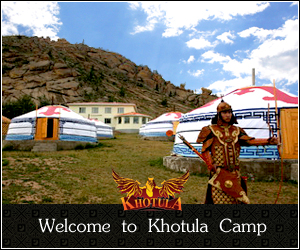Mongol State and Land Ownership
The Mongol empire was governed by a code of law called the “Great Yasa” which had provisions about electing the Khan, establishing and maintaining relationships with other countries, organizing the Ikh Khurildai (grand council), setting obligatory duties for serfs and people, and many others. Although Genghis was in effect the ultimate authority, even he had to submit to the law. The Mongol civil and military systems were organized around groups of 10 with each successively larger group having its own leadership.
Land Ownership
The superior owner of land in Mongolia was Genghis. At that time, there were three types of land ownership.
a. State property (land of thousandth). The land of thousandth was the military division and the division of the administration of land. In a group of a thousand , serfs were using the land together, depending on their experience and type of their husbandry. The main organizers and decision makers in the area were the chiefs of the thousandth.
b. Preserved land. Preserved lands were distributed to nobles such as Sorkhon Shar, Khorchi and Iljigdei by Genghis Khan. The owners of this land lived and controlled their land for their generation. Inhabitants of this land were freed from duties, but paid tax to their lords.
c. Granted land. Granted lands were the lands were given by Chinggis Khaan to his relatives. These lands were granted to them forever and their owners levied land and property taxes on its people.












